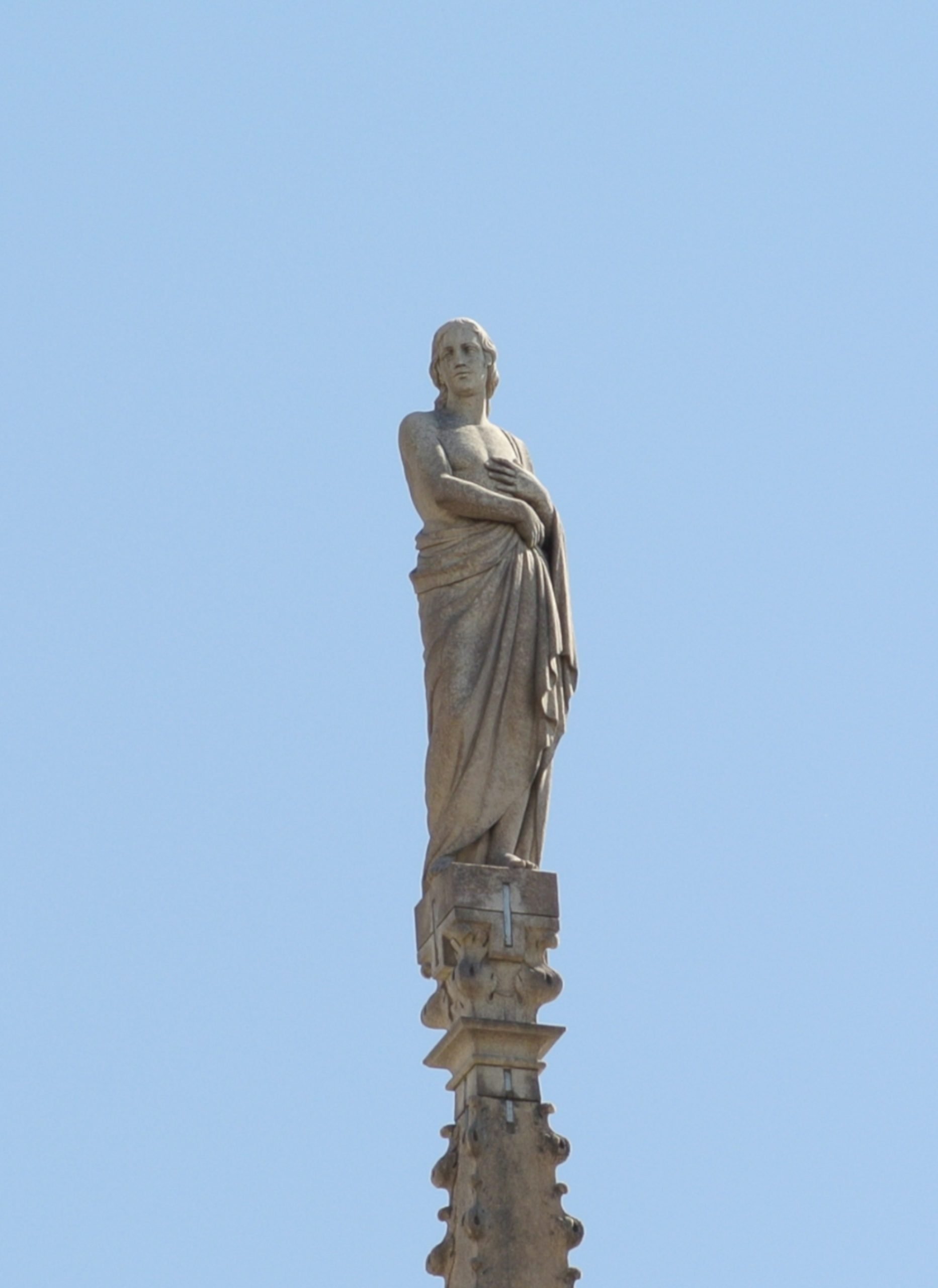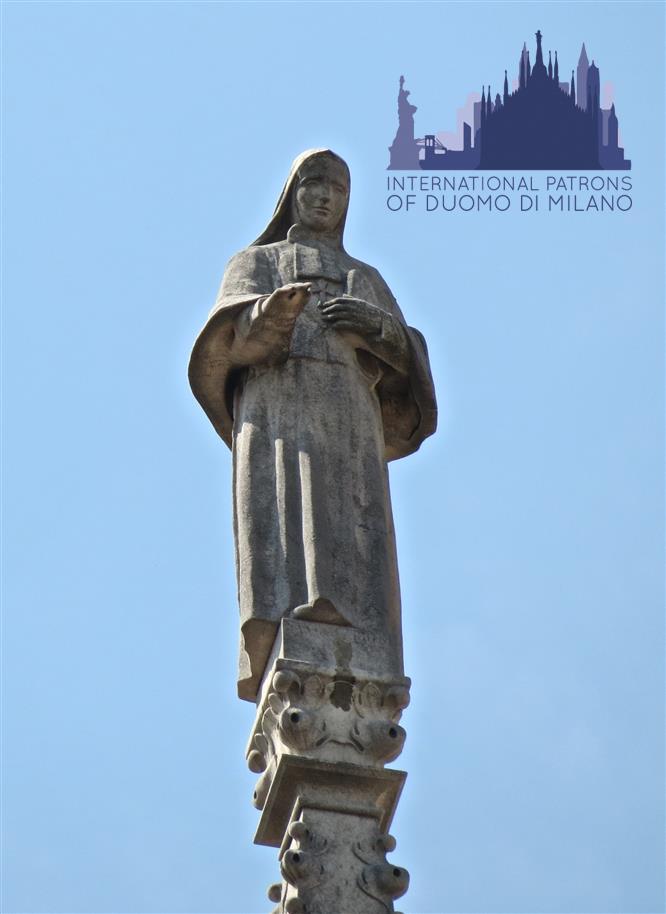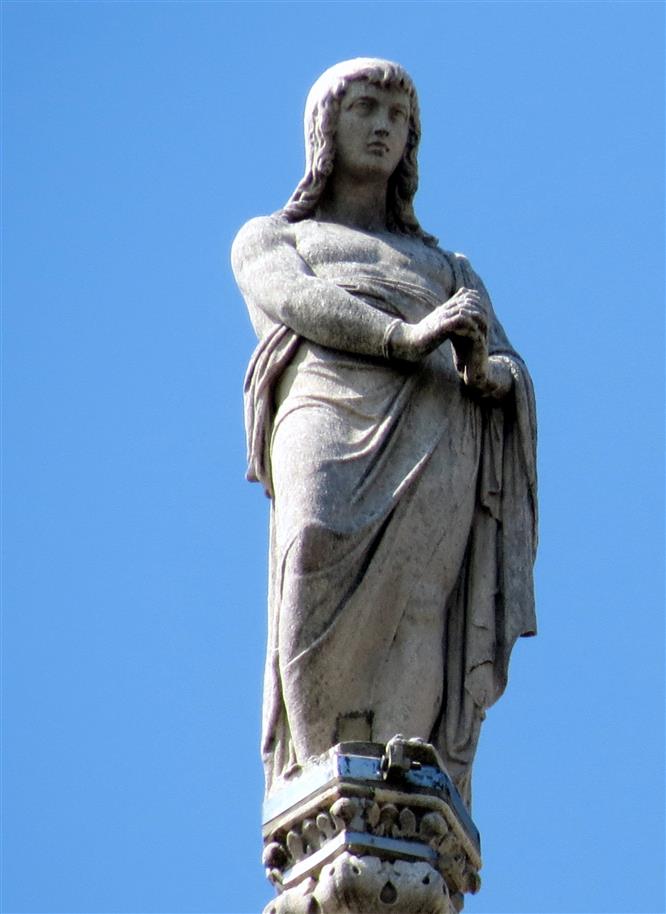The oldest news regarding Saint Victor come from Saint Ambrogio mostly in the hymn to honor the Martyrs Victor, Nabore e Felice, originally from Mauritania that died at Lodi in defense of the faith. They are part of Maximus’s army that destined them to Milan. Between the third and fourth century an epuration took place inside the army, where christians weren’t appreciated. Victor is faithful to the emperor regarding his militar life, but not at the point of questioning his faith; because of this he was arrested, imprisoned and then brought to the circus’s racecourse, as of now Ticinese Door, to the presence of the emperor in person, even here Victor refused to reject his faith. He was then brought to jail, where he suffered incredible tortures, but the Lord helped him survive taking his pain from him; one day Victor managed to escape from prison but his escape is short lived, and as soon as he was caught he was brought by the soldiers in the woods to be decapitated.
It’s stated in tradition that his body remained untouched and guarded by two lions, until he was found by Saint Materno, that gave him a proper burial. Saint Victor is very loved and remembered by the Milanese, that entitled many churches and statues to him, like the S. Victor jail; it’s not a casualty that the saint is remembered as protector of the exiles and prisoners.
The tales of the statue in Dome’s building site:
The statue represents Saint Victor jailed: he appears as a jaded man with a tired expression, with his gaze directed to the sky. The mouth is open, maybe he’s praying that one of the other statues comes to free him. Arms and legs are tied with chains. The statue is estimated to come from around half 900 when, following what is written by the papers of the time, there were 28 statues of the dome waiting to be placed on the spires that remained without them following the bombings of 1943. We do not know in which year the statue was built and neither who the author is.
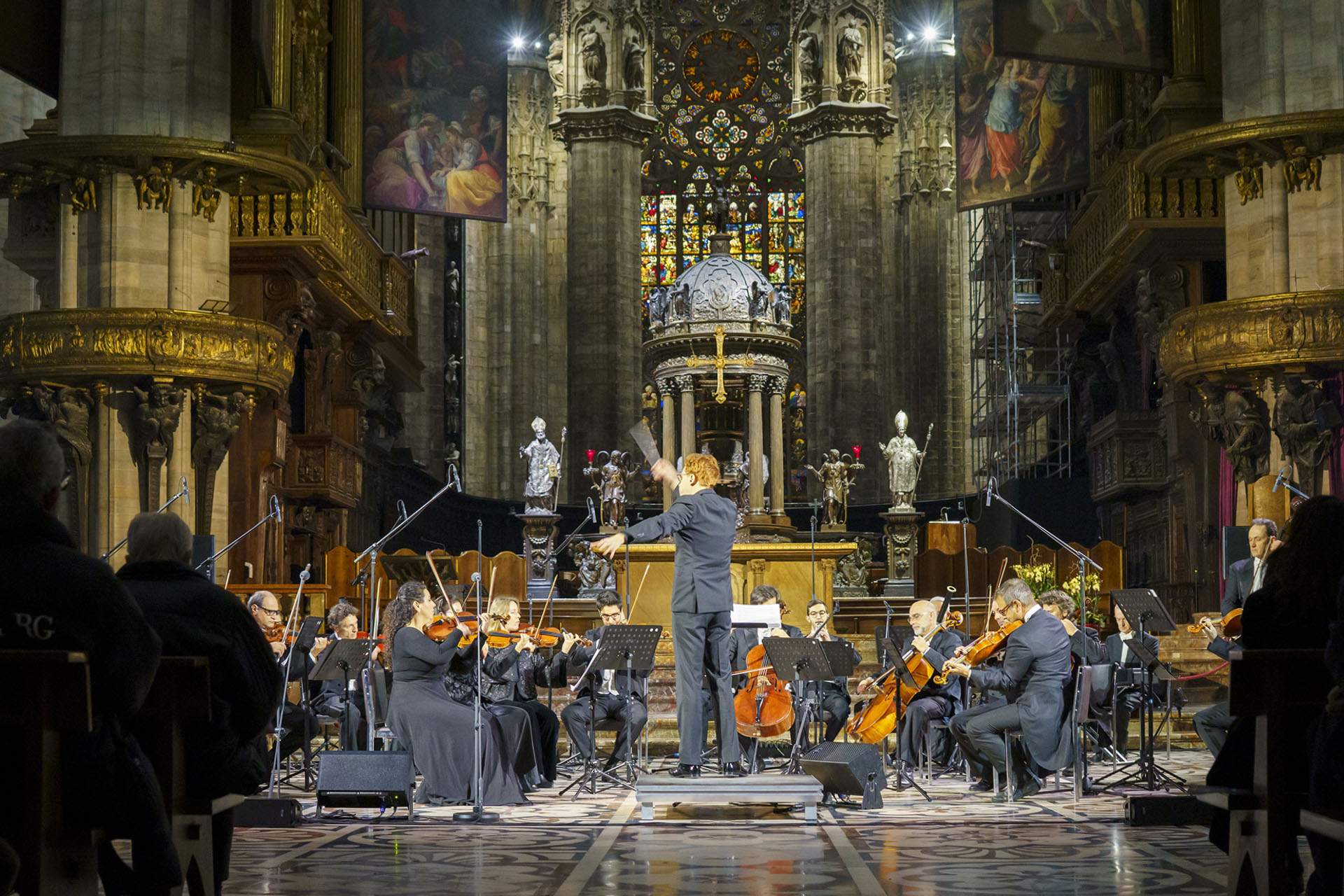
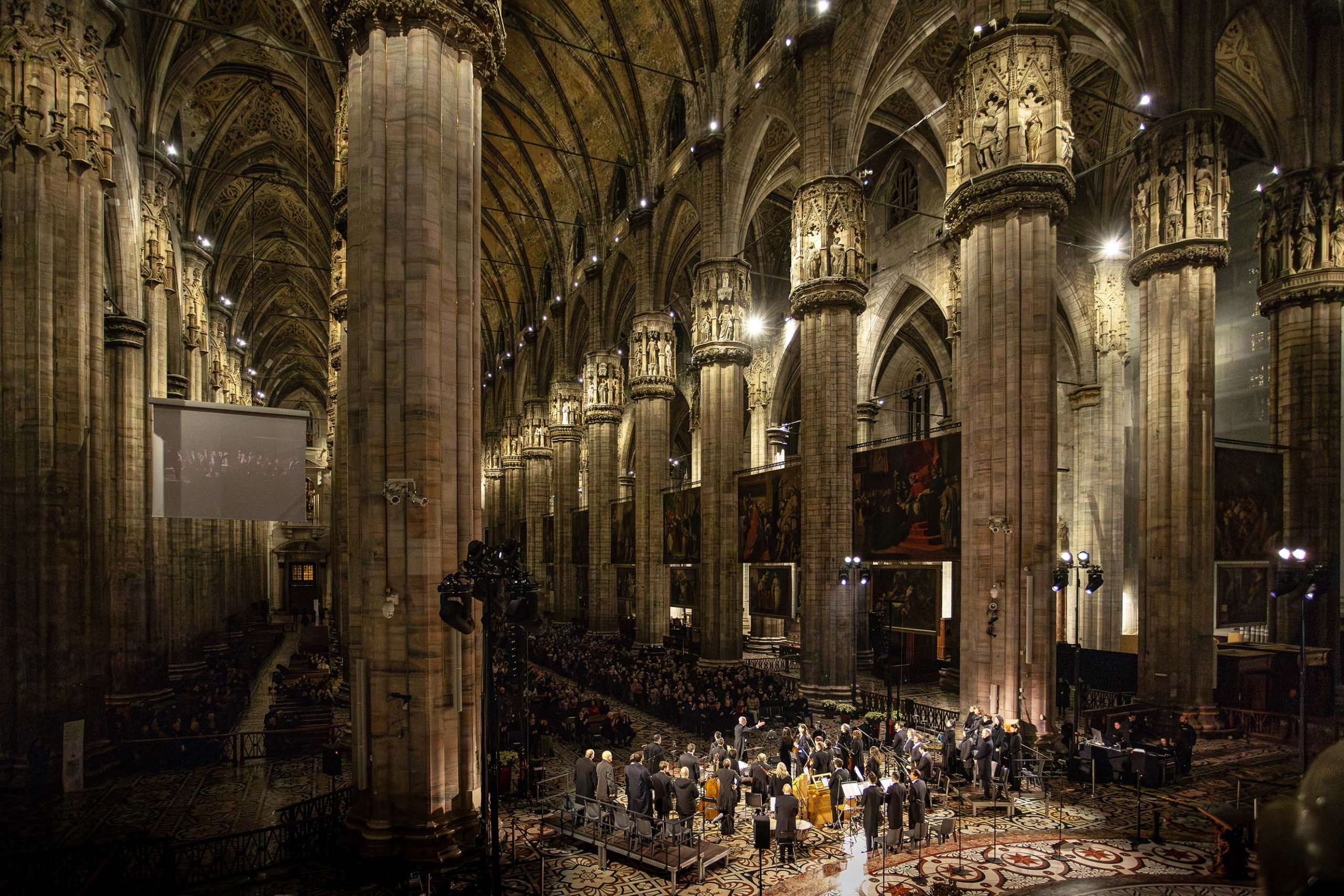
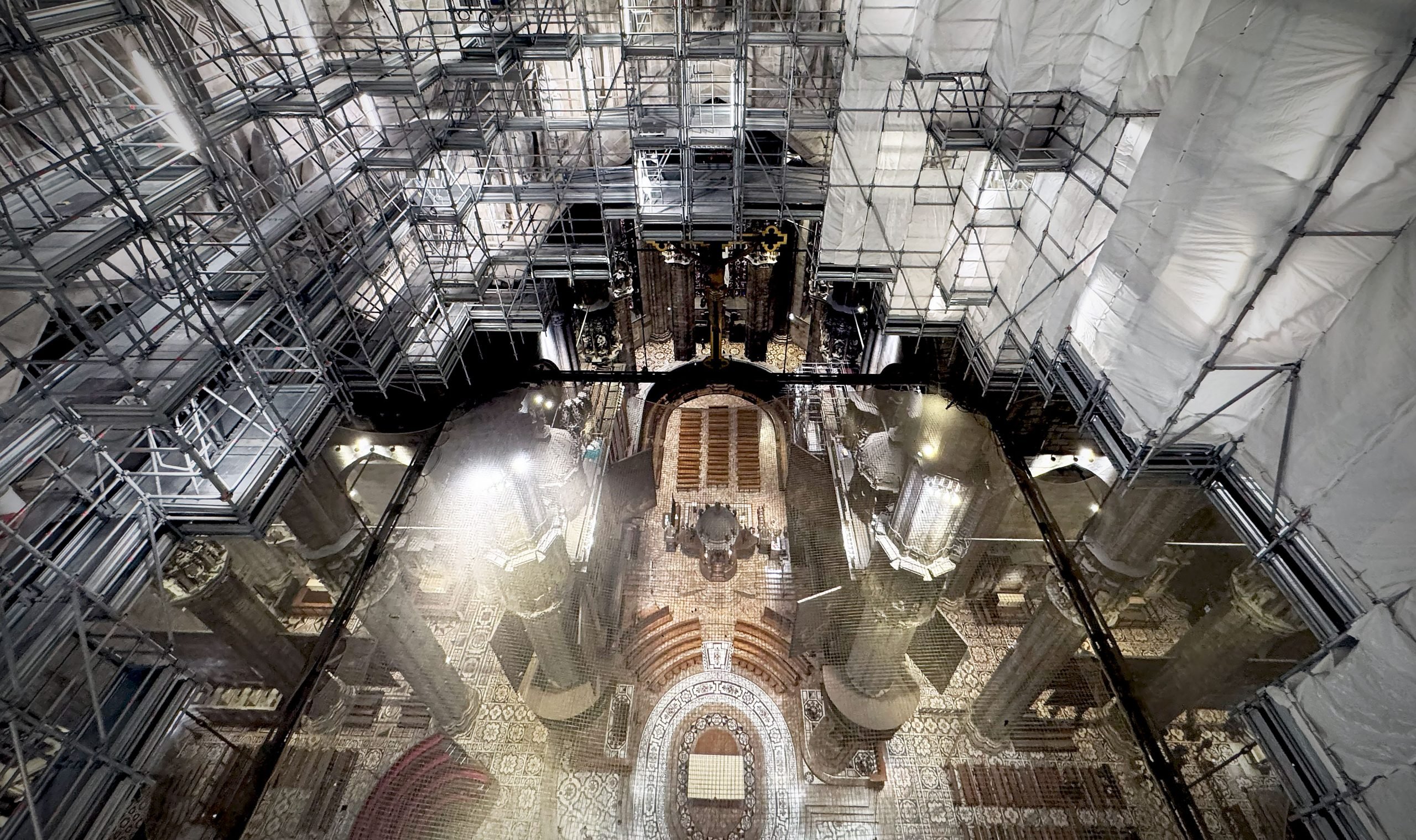
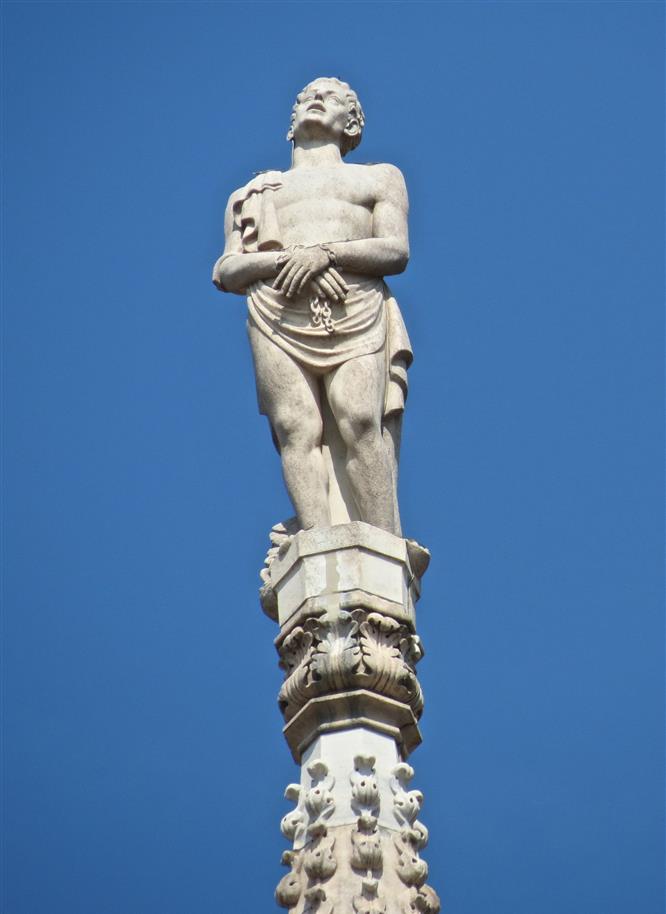

 Tiburio
Tiburio